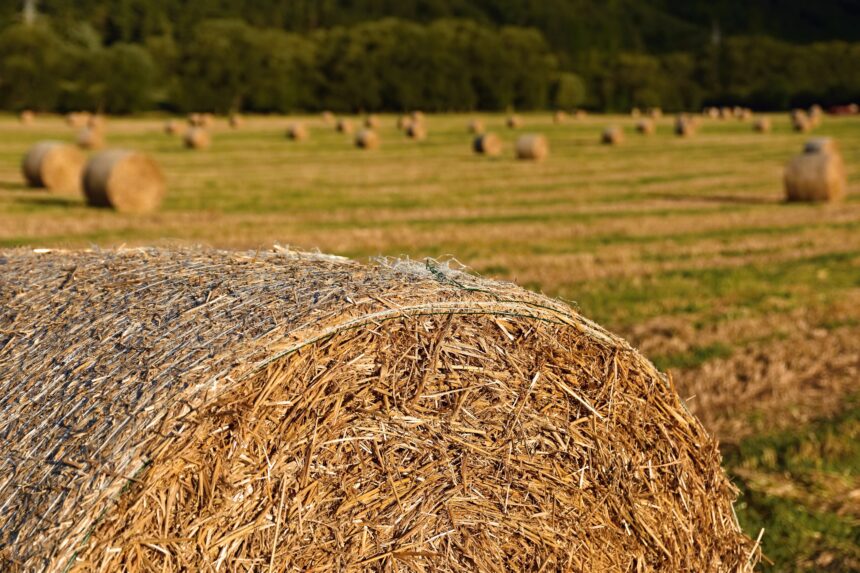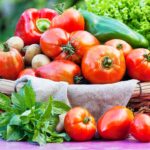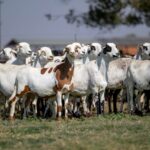Haymaking is a crucial practice for South African farmers, especially those raising livestock. Quality hay can provide essential nutrients and energy, ensuring that animals remain healthy and productive throughout the dry season. However, producing high-quality hay requires careful planning and execution. Here are some tips for South African farmers to optimize their haymaking processes and ensure a nutritious feed supply.
1. Choose the Right Forage Species
Selecting the appropriate forage species is vital for producing high-quality hay. Grasses such as Kikuyu, Limpopo, and Rhodes are popular choices in South Africa due to their resilience and nutritional value. Legumes like lucerne (alfalfa) can also enhance protein content. Consider your livestock’s nutritional needs and local climate when choosing forage.
2. Monitor Growth Stages
Timing is essential when it comes to cutting hay. For maximum nutritional value, cut forage when it is in the late bud to early flowering stage. At this stage, plants are rich in nutrients, while too late a harvest can lead to decreased digestibility and increased fiber content.
3. Optimize Cutting Conditions
Cutting hay under optimal weather conditions is crucial for preserving quality. Aim to cut hay when the forage is dry, avoiding periods of high humidity or impending rain. Early mornings are often the best time, as dew can dry off quickly, ensuring that the forage is not too wet during the cutting process.
4. Proper Cutting Height
When cutting, aim for a height of about 10 to 15 centimeters above the ground. This practice helps preserve the root system of the plants, allowing for better regrowth and reducing the risk of soil erosion.
5. Efficient Drying Techniques
After cutting, it’s essential to dry the hay quickly and evenly to prevent mold and spoilage. Spread the cut forage in a single layer and turn it regularly to promote even drying. If the weather is not favorable, consider using a tedder to aerate the hay and speed up the drying process.
6. Monitor Moisture Levels
Aim for a moisture content of 15-20% in the hay before baling. Baling hay that is too wet can lead to mold growth and nutrient loss. Use a moisture meter to accurately measure moisture levels during the baling process.
7. Choose the Right Baling Method
There are various baling methods available, including round and square bales. Round bales are often easier to handle and store, while square bales are more space-efficient. Consider your storage capabilities, transportation needs, and livestock requirements when selecting a baling method.
8. Store Hay Properly
Proper storage is crucial for maintaining hay quality. Store bales in a dry, well-ventilated area to prevent moisture accumulation. If possible, elevate bales off the ground to reduce the risk of moisture absorption. Covering hay with tarps or plastic can provide additional protection from the elements.
9. Regularly Inspect Stored Hay
Periodically check stored hay for signs of mold, spoilage, or pests. Promptly remove any compromised bales to prevent contamination of healthy hay. Keeping storage areas clean and organized can also minimize pest issues.
10. Test Nutritional Quality
To ensure that your hay meets the nutritional needs of your livestock, consider conducting regular forage quality tests. These tests can provide valuable information about protein content, fiber levels, and overall digestibility, allowing you to make informed feeding decisions.
Quality haymaking is a vital component of successful livestock farming in South Africa. By choosing the right forage species, timing your cuts appropriately, and implementing proper drying and storage techniques, farmers can produce high-quality hay that supports the health and productivity of their animals. Investing time and effort into these practices will pay off, resulting in a reliable and nutritious feed source for the dry season.
Join 'Farmers Mag' WhatsApp Channel
Get the latest Farming news and tips delivered straight to your WhatsApp
CLICK HERE TO JOIN






